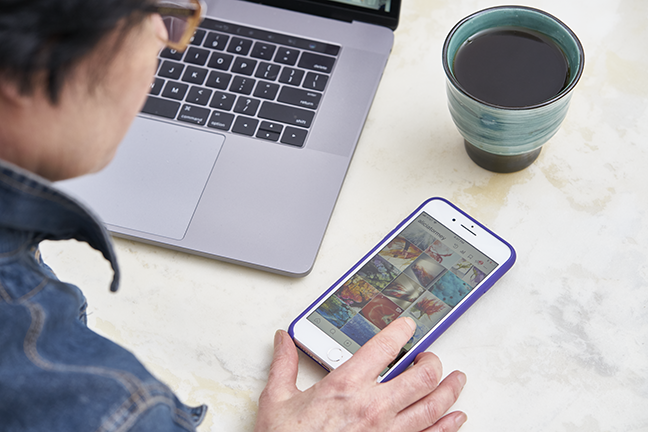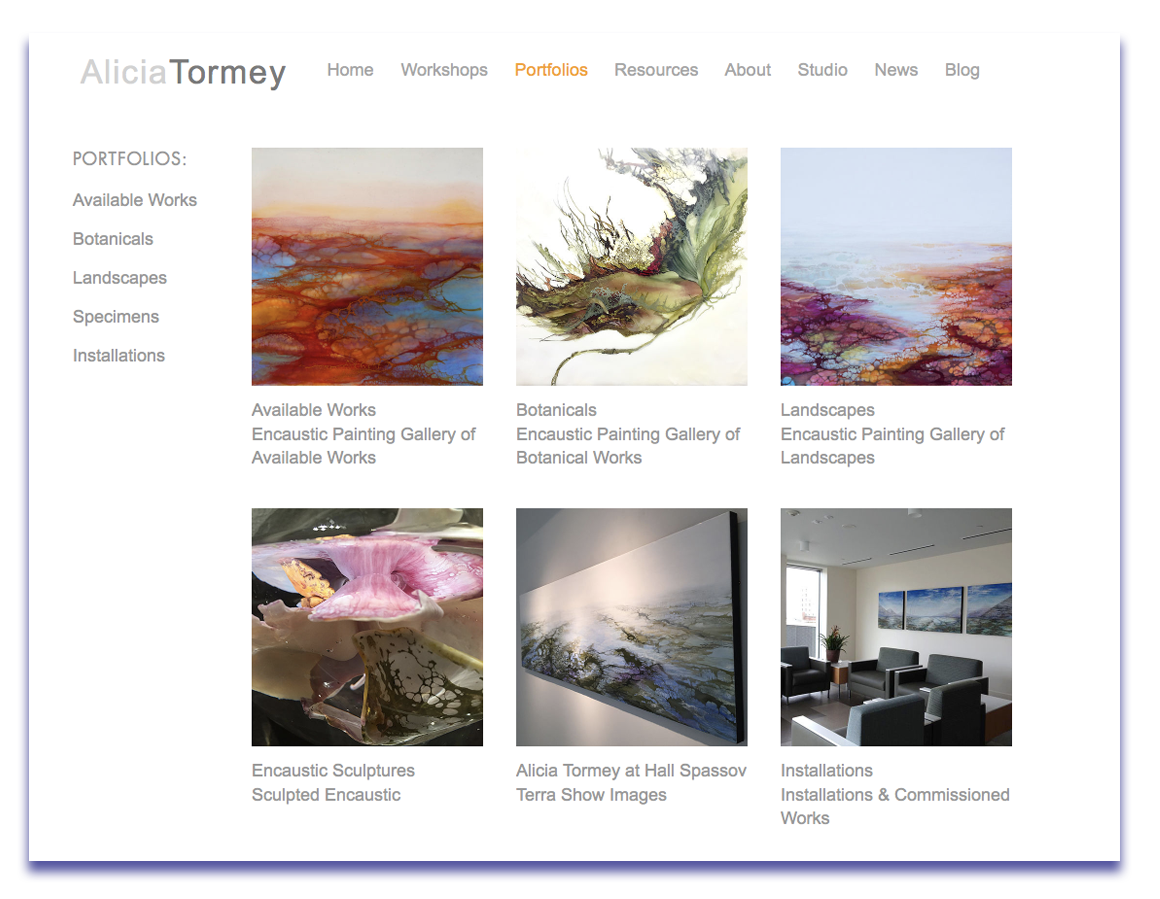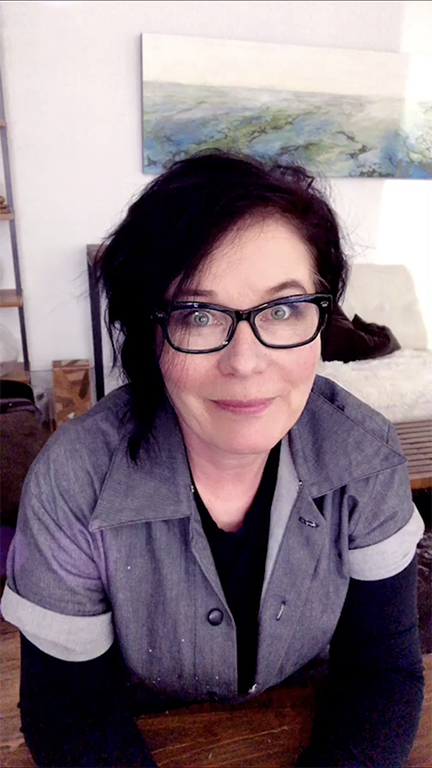Here are the show notes for the latest
Instagram Live @ Five
Original Broadcast: June 8, 2018
"I want to paint full-time, how do I go about turning my art into a profession?"
This great question, submitted by one of our viewers, formed the basis for the June 8th broadcast of
Live @ Five.
Here is the show recap!
From Passion to Profession...

The most important thing to do in order to turn your Passion into a Profession is to start thinking of your studio/creative endeavors as a business!

3. Website

4. Business Card

Instagram Live @ Five
Original Broadcast: June 8, 2018
"I want to paint full-time, how do I go about turning my art into a profession?"
This great question, submitted by one of our viewers, formed the basis for the June 8th broadcast of
Live @ Five.
Here is the show recap!
From Passion to Profession...
The most important thing to do in order to turn your Passion into a Profession is to start thinking of your studio/creative endeavors as a business!
- Develop a long-term plan for where you want your creative efforts to take you.
- Continue generating your art/offering and commit yourself to creating a meaningful body of work.
- As you're building up your portfolio you also need to set aside half of your time to growing and marketing your business (yes, I said 50% of your time).
- Really take it seriously and think of your work as much as a business as it is a creative, artistic practice!
These are the 4 key elements I recommend you have in place if you wish to transform your creative endeavors from a pastime profession to a full-time profession:
1. Business License
- Make sure your operation is up to any local or national legal standards.
- I recommend using your proper name as your business name, for example "Jane Smith Art", "Jane Smith Studio", etc.
- People need to be able to identify you as the business owner so that they can further connect with you.
- Oftentimes creative and whimsical business names, while fun to create, obscure the person behind the business.
- By using your proper name in your business licensing your name can stay the same even if your business transforms.
2. Social Media
- You should have one or more social media accounts
- Set-up accounts on as many platforms as you like: Facebook, Instagram, Twitter, Pinterest, Snapchat, etc.
- Don't overextend yourself.
- In the beginning, narrow down to one or two platforms that you enjoy as a user and nurture those daily to build an engaged audience.
- (Oh, by the way... I'm in the process right now of creating an online course that will help you through this very process. In the course I'm sharing the methods I currently use to grow my own creative enterprise using social media.)
- Remain professional and on brand when posting to your social media accounts.
- Save the rants, vacation photos, and cat videos for private accounts only.
- Be consistent across all your profiles so people know who you are no matter what platform they find you on.
- Use your business name, based on your personal name, for all your accounts.
- Use the same photo of you (recommend) or of your logo for all your accounts .
- Post regularly to your profiles.
- I recommend once daily for Instagram and 2-3 times a week for Facebook.
3. Website
- It's a must that you have a website, it's your home base on the internet and should include, at minimum:
- Portfolio
- People will contact you through your creative work so let that be the focal element.
- If you have an extensive portfolio (more than 25 or so images) pare it down or organize into groups.
- Contact information
- Make sure visitors to your website have a way to reach you.
- About page
- Tell visitors about your creative enterprise; who you are, what you create, and why you do it.
- Share what makes you unique and what makes your art special.
- When you first create your website here are some things to consider:
- It does not have to be perfect, just get it up and live so people have a place to go to see your work and get to know you better.
- Even just a contact page as a placeholder for a full website is enough until you get things going.
- You can build out as you go and add more elements.
- Don't get stuck in perpetual "Coming Soon"; remember your goal should be published not perfect, get something up and you can tweak it later.
4. Business Card
- This may seem old school in today's digital world, but a business card will be one of the hardest working assets in your marketing toolkit.
- What to include:
- An image of your art, offering, or a design which conveys your unique style.
- Your name.
- Your discipline/offering.
- Your preferred method of contact (if you only want to be contacted via email then just include your email address).
- Your social media handles.
To catch the next Live @ Five tune in to my Instagram @AliciaTormey every Friday at 5pm PST. Thanks for watching, thanks for listening, and thanks for reading!
To learn more about Alicia's original art, hands-on workshops, and online courses, check out her website aliciatormey.com.

Comments